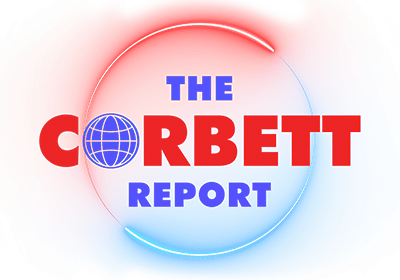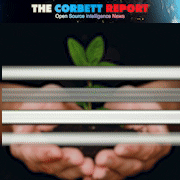I don’t need to tell you that we are living through world-historical times right now. The frequency of world-changing events is accelerating even as the impact of these events on our day-to-day lives is increasing.
As Lenin rightly observed: “There are decades where nothing happens; and there are weeks where decades happen.” Perhaps there are years in which centuries happen.
With that in mind, I am taking my annual look at the year ahead and splitting it into three parts.
In this first installment, I will look at the tectonic shifts that are taking place in the global monetary space and consider what these changes portend for the future of the world economy.
Next week, I will examine the ongoing (generated) COVID crisis and what we can expect as the Era of Biosecurity continues to unfold.
Finally, I will turn my attention to world geopolitics, analyzing the types of conflicts that we can expect to see over the course of this year and explaining how these conflicts will set the stage for even more dramatic events over the course of the decade.
If you are interested in supporting this series, please consider becoming a member of The Corbett Report. My work is made possible by the support of the subscribers, and website members gain access to this edition of The Corbett Report Subscriber.
To access the full newsletter and to support this website, please become a member today.
For free access to this editorial, please CLICK HERE.
This content is restricted to site members. If you are an existing user, please log in. New users may register below.








58 Comments